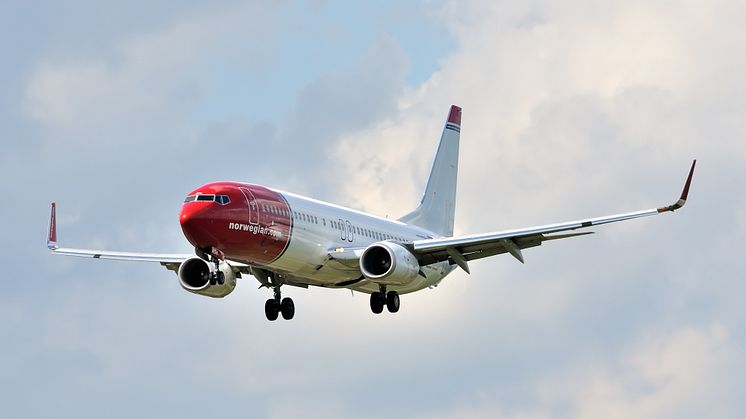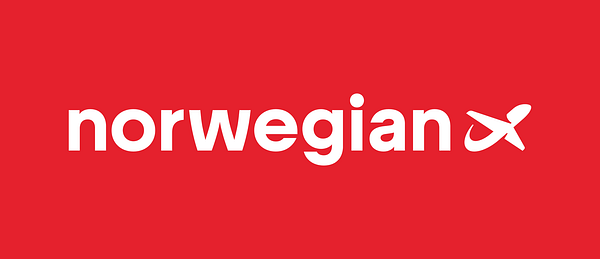
Press release -
Norwegian Reports Record High Passenger Figures and Higher Load Factor in July
Norwegian (NAS) continues to report record high passenger figures. Nearly 1.6 million passengers flew with the airline in July, an increase of 21 percent compared to July 2011. The load factor was close to 90 percent, despite a strong capacity increase of 23 per cent.
As many as 1,596,298 passengers travelled with Norwegian in June - the highest number of passengers the company has ever recorded during a single month. The company had a 30 percent RPK increase compared to the same month previous year. The unit revenue (RASK) improved by 9 percent compared to July 2010. The load factor was 89.2 percent, up 4 percentage points.
”We are very satisfied with the continued passenger growth and the record high figures in July. Even with a capacity increase of 23 percent we manage to report a load factor of 90 percent. This proves that the 18 brand new Boeing 737-800 aircraft with higher capacity delivered over the past year are paying off,” said Bjørn Kjos, Chief Executive Officer of Norwegian.
The airline operated 99.9 percent of its scheduled flights, of which 82.6 percent departed on time.
Please find more financial figures in the attached pdf.
No 1 airline for travel between Nordic Region and Continental Europe
Approximately 1 million passengers flew with Norwegian from the Nordics to Continental Europe in July. No other airline transported more passengers between the two regions. Strong contributors are Norwegian´s recently launched routes from Helsinki, Finland and Gothenburg, Sweden to Continental Europe and The Mediterranean, as these flights have been full throughout July.
More environmentally progressive
Norwegian is committed to actively engage in and support a sustainable environmental policy, and to continue to reduce emissions from aviation. By renewing the fleet, emissions are reduced and passengers are offered new and more comfortable aircraft. Norwegian has a clear goal of reducing emissions per flown passenger kilometer by 25 perent in the period 2008 to 2015.
During the past year, Norwegian has taken delivery of 18 brand new and more environmentally friendly Boeing 737-800s; in July the carbon emissions per passenger kilometer was a record low 77 grams, 11 percent lower than the same month last year. During the past 12 months, the average Norwegian passenger emitted 93 grams of CO2 per kilometer, substantially less than the 117 grams of CO2 per passenger kilometer produced by the closest Scandinavian competitor over its last fiscal year.
Contacts:
Investor Relations, Karl Peter Gombrii; phone: +47 67 59 31 34
Communications Manager, Lasse Sandaker-Nielsen; phone: +47 45 45 60 12
Topics
Norwegian Air Shuttle ASA, commercially branded “Norwegian,” is a public low-cost airline noted on the Oslo Stock Exchange. The company is the second largest airline in Scandinavia, and has a route portfolio that stretches across Europe into North Africa and the Middle East. With competitive prices and customer friendly solutions and service, the company has experienced significant growth over the previous years. With more than 13 million passengers in 2010, Norwegian is the 3rd largest low-cost airline in Europe. Norwegian currently operates 59 aircraft on 261 routes to 100 destinations and employs approximately 2 500 people.


